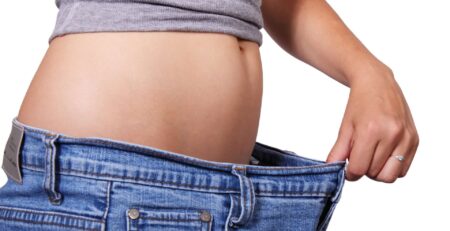When most people talk about ice baths and metabolism, they often picture the body shivering to burn a few extra calories. But that’s only scratching the surface. The true metabolic power of cold water swimming or a cold plunge goes much deeper, tapping into complex physiological processes that change how your body uses and stores energy. Let’s dive deeper into this distinction.
Table of Contents
Brown Fat: The Body’s Metabolic Furnace
At the heart of this effect is Brown Adipose Tissue (BAT). Unlike white adipose tissue, which stores energy, BAT is a metabolically active organ that dissipates energy as heat. Its activation is a primary defense against hypothermia and is directly stimulated by cold exposure. The mechanism is rooted in the sympathetic nervous system’s release of norepinephrine, which binds to β-adrenergic receptors on brown adipocytes, triggering uncoupling protein 1 (UCP1) activity. UCP1 uncouples the mitochondrial electron transport chain from ATP synthesis, resulting in the dissipation of chemical energy as heat.
In simple terms: every time you take a cold plunge or swim in cold water, you’re teaching your body to convert stored fat into warmth. A landmark study in the New England Journal of Medicine used PET-CT imaging to confirm that even mild cold exposure (around 16°C for two hours) activates brown fat in healthy adults and significantly increases overall energy expenditure.
Browning of White Fat
Regular cold water immersion doesn’t just activate existing brown fat; it induces a phenotypic adaptation known as the “browning” of white adipose tissue. Specific white fat depots can develop multilocular lipid droplets and increased mitochondrial density, transforming into “beige” or “brite” (brown-in-white) adipocytes. This expands the body’s overall capacity for thermogenesis. This process is mediated by myokines like irisin (released from skeletal muscle during shivering) and endocrine factors such as fibroblast growth factor 21 (FGF21).
How Cold Water Affects Blood Sugar and Lipids
The metabolic consequences are profound. Active BAT is a major consumer of glucose and lipids. Research in Nature Metabolism has demonstrated that BAT activation significantly contributes to plasma triglyceride clearance and improves whole-body glucose homeostasis. This provides a direct mechanistic link between regular cold plunge practice and improved metabolic markers, as the body is conditioned to rapidly clear lipids and glucose from the bloodstream for use as thermogenic fuel.
Even more impressive, cold exposure induces a state of enhanced insulin sensitivity. Cold acclimation has been shown to upregulate glucose transporter type 4 (GLUT4) expression in skeletal muscle, independent of insulin signaling. This pathway allows for improved glucose uptake as a direct response to cold stress. A study in the Journal of Applied Physiology found that repeated cold water immersion (60 minutes daily at 57°F / 14°C) improved insulin sensitivity by over 40% in a cohort with type 2 diabetes, underscoring its potent metabolic impact.
Beyond the “Afterburn”: Sustained Metabolic Activation
You’ve probably heard of the post-exercise “afterburn effect,” but the post-immersion energy surge from a cold plunge is even more fascinating. Instead of being about calories, this extended elevation in metabolism stems from non-shivering thermogenesis — the body’s continued effort to restore temperature balance. During this time, norepinephrine levels remain elevated, keeping your metabolism humming long after you’ve left the water.
The Takeaway
The metabolic benefits of cold water swimming and cold plunges are not about quick calorie burn; they’re about retraining your metabolism. Through consistent cold exposure, you:
- Activate and expand the body’s thermogenic fat tissue (BAT).
- Improve blood sugar control and lipid metabolism.
- Fundamentally alters substrate utilization, favoring the clearance and oxidation of lipids and glucose.
- Induces significant improvements in systemic insulin sensitivity through both central and peripheral adaptations.
- Maintain an elevated metabolic rate long after each session.
For those seeking sharper focus, higher energy, and better long-term metabolic health, cold water immersion offers a scientifically grounded way to optimize the body’s most fundamental system (metabolism).












Leave a Reply